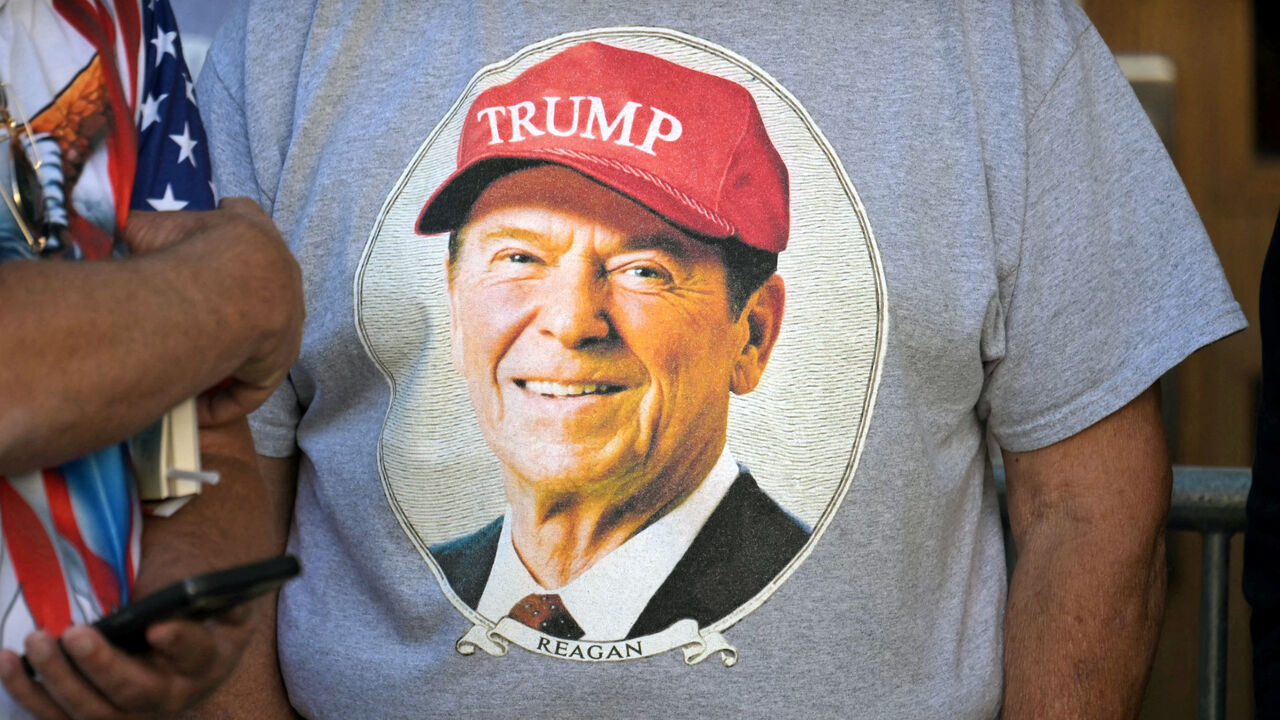Andreypopov | Istock | Getty Images
Wall Street is gearing up for one of the most important economic releases of the year Friday, when the Labor Department puts out a jobs report expected to go a long way in determining the future of Federal Reserve policy.
The Wall Street consensus is for nonfarm payrolls growth of 161,000 for August and a slight decline in the unemployment rate to 4.2%, according to Dow Jones.
However, recent data, including a massive downward revision to previous counts, has pointed to a sharp slowdown in hiring and has put some downside risk to that forecast.
In turn, markets are certain the Fed will start lowering interest rates in a couple weeks, with the possibility of a jumbo cut depending on what Friday’s report shows.
“The labor market has cooled faster than we originally had been told, so that’s what’s calling [Friday’s report] into question,” said Giacomo Santangelo, economist at job search site Monster. “What the Fed is going to do in response, how are they going to adjust rates, that’s why we are having this conversation.”
While job growth has been tailing off through much of 2024, the deceleration hit home for the market with a July report that showed payroll growth of just 114,000. That wasn’t even the lowest number of the year, but it followed a Fed meeting that stirred up sentiment the central bank was being too complacent about a weakening economy and might hold interest rates high for too long.
What has followed has been a series of reports indicating that while the economy is still on its feet, hiring is decelerating, the manufacturing sector is fading further into contraction, and it’s time for the Fed to start cutting before it risks overdoing its inflation fight and dragging the economy into recession.
The latest bad news came Thursday when payrolls processing firm ADP put August private job growth at just 99,000, the smallest gain since January 2021.
Contemplating the Fed’s next move
“If they’re too aggressive for too long a period of time, without easing on monetary policy, this could lead to the giant ‘R’ and we don’t even want to say the word,” Santangelo said, referring to “recession.” “If God forbid this does lead to an economic downturn, all fingers are going to point toward the Fed.”
Markets consequently are expecting the Fed to lower benchmark rates by at least a quarter percentage point when its next meeting concludes Sept. 18, with the possibility rising of a half-point reduction. The Fed hasn’t reduced its benchmark rate by half a point since the emergency cuts during the early Covid days.
Traders are pricing in a succession of cuts that would shave about 2.25 percentage points off the fed funds rate through 2025, futures contracts show. The benchmark overnight borrowing rate is currently targeted in a range between 5.25%-5.5%.
Such an aggressive easing posture would indicate not merely an effort to normalize rates from their 23-year high but also reflect a deeper economic pullback. In the more immediate term, though, the move lower would be targeted more at a labor market still feeling aftershocks from the Covid pandemic.
Monster job search data is still heavily tilted toward health care-related positions, which have flourished in the current era, while the most common search terms are “work from home,” “part time” and “remote,” reflecting the move to a hybrid environment.
Santangelo said there also is still a substantial skills gap in the labor market, despite a sharp narrowing in the gulf between open jobs and available workers, which has contracted to about 1.1 to 1 from 2 to 1 a couple years ago.
“The jobs that are being created are not necessarily suited for the people who are getting laid off. We still have a huge skills gap. The easiest place to see that is health care,” he said. “The No.1 thing that job seekers are looking for is more flexibility. There’s that kind of gap between employers and job seekers also.”
Worries from job seekers
Workers in turn are getting more pessimistic about the state of play in the labor market.
The Zeta Economic Index, which uses artificial intelligence to track various economic metrics, is showing that concerns about jobs are accelerating — even though the broader economy is still performing well.
A measure of job market sentiment fell 1% in August and is down 4.6% from a year ago, Zeta figures show. The gauge’s “new mover index” dropped 9.9% on the month, reflecting worries over job stability.
“Despite a resilient economy … job market concerns persist. The job sentiment dip, paired with the mixed bag of consumer behavior, signals an ongoing caution in the workforce,” said David Steinberg, co-founder and chairman of Zeta Global, which compiles the index. “As the economy shows signs of a ‘soft landing,’ the persistent caution regarding job stability continues to temper broader economic optimism.”
The Zeta data mirrors a recent Conference Board survey, which reflected a sharp narrowing of the gap between respondents saying jobs were easy to find as opposed to hard to get.
Markets also will be watching the wage component of Friday’s report, though that has become less of an issue lately as inflation has moderated.
The consensus is for average hourly earnings to post a 0.3% increase on the month and a 3.7% year-over-year move, both 0.1 percentage point higher than July.

 Personal Finance1 week ago
Personal Finance1 week ago
 Blog Post1 week ago
Blog Post1 week ago
 Economics6 days ago
Economics6 days ago
 Economics1 week ago
Economics1 week ago
 Accounting6 days ago
Accounting6 days ago
 Personal Finance1 week ago
Personal Finance1 week ago
 Economics6 days ago
Economics6 days ago
 Personal Finance6 days ago
Personal Finance6 days ago





















